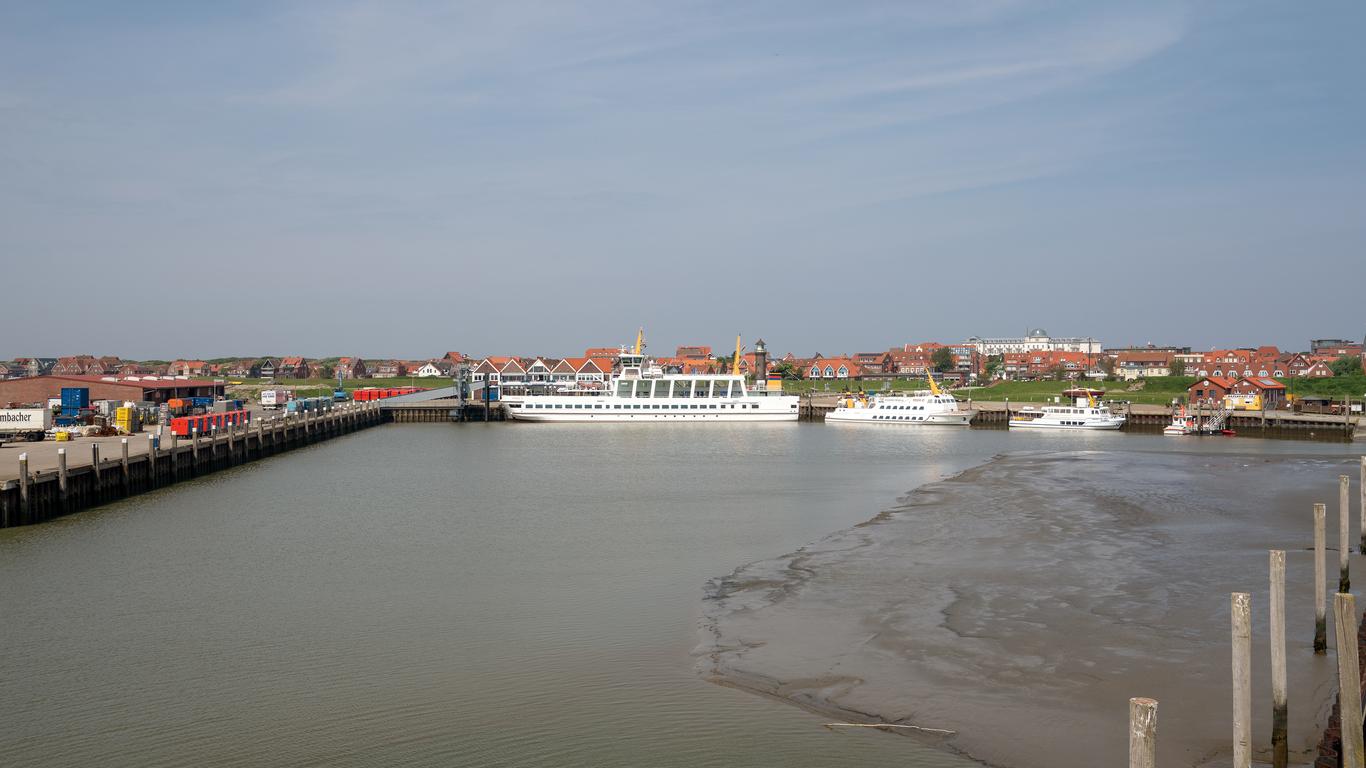Forming part of the East Frisian Islands, Juist lies off the coast of Lower Saxony in the Wadden Sea. It’s home to around 1,700 people and is often referred to as Töwerland (“Magic Island”), with attractions that include a sweeping sandbank and a freshwater lake that attracts migratory and endangered bird species.
Things to do in Juist
Begin your visit in the main village of Juist, which is renowned for its spa and wellness centres championing the therapeutic benefits of the Wadden Sea. On the village’s eastern edge is the Otto Leege Naturschutz-Lehrpfad, a short nature trail named in honour of the German conservationist, Otto Leege. In addition to information panels explaining migratory routes and the dune environment, there is a 5.75-metre-high gate carved from Douglas firs.
Ride the horse-drawn bus that connects to the neighbouring village of Loog, where you’ll find the Inselmuseum Juist. Its fascinating collection details the history of the island, with artefacts dating from 200 AD. West of Loog is a walking trail that hugs the Hammersee and leads to an observation platform, from where there are elevated views across the lake.
You can stroll along the wide Sandstrand that stretches along the northern edge of Juist Island or enjoy a refreshing dip in the waters of the Wadden Sea. The eastern shore is renowned for its basking seals and is home to the Östliche Aussichtshütte, an observation tower with built-in binoculars for spotting resident birdlife.
Getting around Juist
Regular ferries connect to Juist Island from Norddeich Mole while charter flights land at the Juist Airport. Bicycles are the main means of getting around Juist Island and a horse-drawn bus travels between the villages of Juist and Loog. Both villages are small enough to explore on foot.





